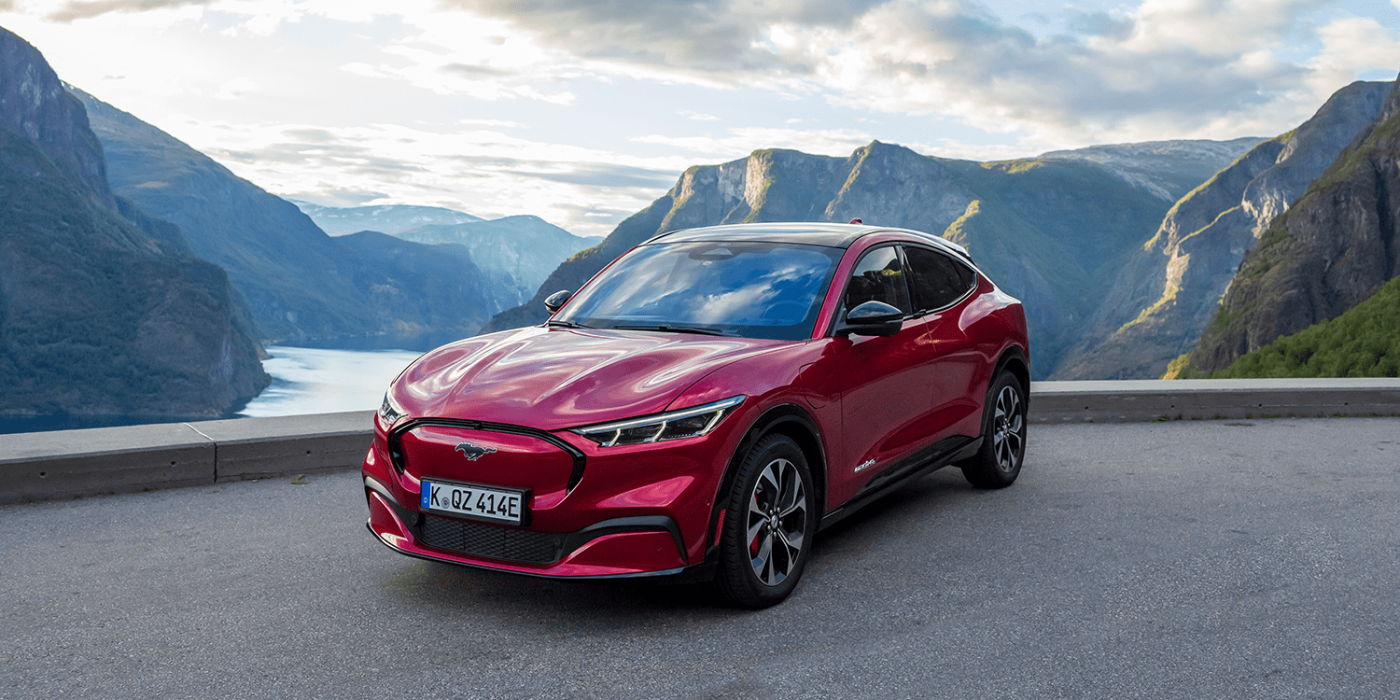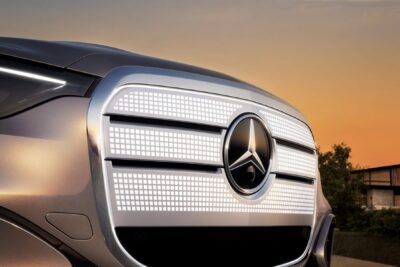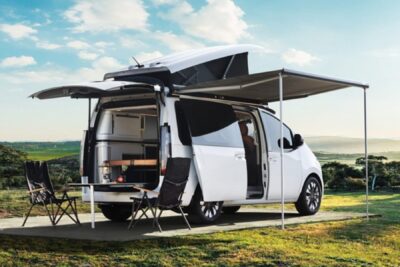Ford to use LFP cells in Mustang Mach-E this year already
Ford will offer its Mustang Mach-E electric model in Europe with LFP battery cells before the end of 2023. Detailed technical aspects and prices for the electric SUV with the new battery variant have yet to be made available. But the manufacturer surprises with a statement on charging performance.
Ford previously announced this step for North America as well. And since both versions – the one for North America and the one for Europe – are both built in Mexico, there are presumably no further adjustments to the production line necessary. How many vehicles Ford can build with LFP batteries will therefore depend on the latter’s availability. The supplier is CATL.
In 2024, LFP cells will also be used in the F-150 Lightning in key global markets. Using lower-cost lithium iron phosphate batteries – in addition to nickel cobalt manganese batteries – should allow Ford to ramp up production of the Mustang Mach-E and F-150 Lightning more quickly. And, arguably, higher margins.
In addition to business reasons such as faster production scaling, Ford also says that LFP batteries will reduce dependence on raw materials such as nickel and cobalt. And customers would be able to choose their electric vehicle and the battery performance based on their individual mobility needs.
Here, the automaker is alluding to the well-known differences between NCM and LFP cells, such as the better cycle stability of LFP cells and the cost advantages. Ford says it could even help lower the selling prices of its EVs. However, the energy density of LFP cells is lower, which is why they enable shorter ranges than NCM cells. The latter can also deal better with low temperatures – although Ford points out that technical measures could improve the cold tolerance of LFP batteries.
However, Ford’s statement that LFP cells “tolerate more frequent and faster charging” is surprising. In currently available EVs with LFP cells, charging performance tends to be lower than in variants with NCM cells. Tesla, for example, uses LFP cells from CATL in its Model 3 and Model Y. But: variants with LFP cells are the base model and have a significantly smaller battery than the NCM variants.
How Ford will use LFP cells is not yet known. So far, Ford offers a standard range battery with 76 kWh in the Mustang Mach-E (440 km according to WLTP) and an extended range battery with 98.7 kWh for up to 600 kilometres of range.
Ford only recently announced investments of 3.5 billion dollars for the construction of an LFP battery cell plant in Marshall, Michigan. Ford will own and operate the plant, while the technology and know-how come from CATL.





2 Comments